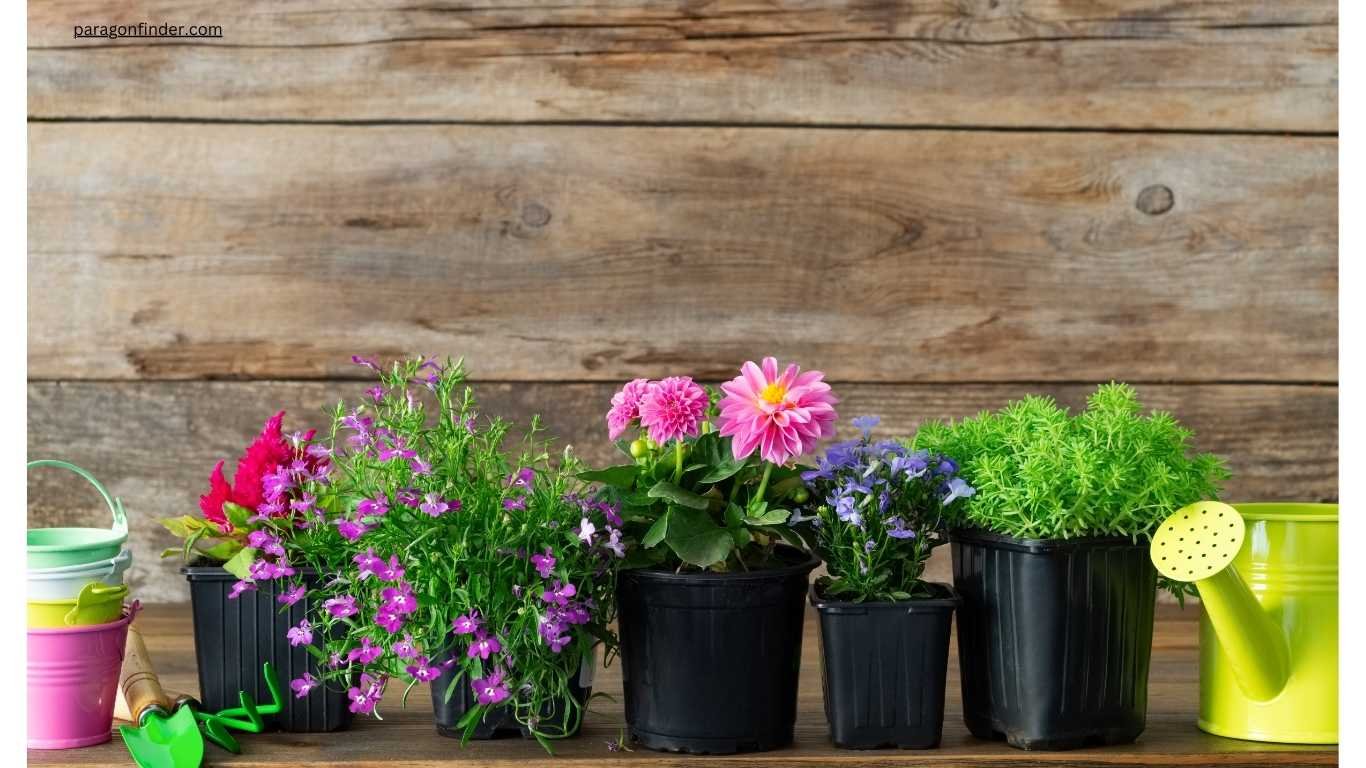Container gardening is a versatile and rewarding way to bring nature’s beauty to your doorstep, balcony, or patio. Whether you’re a seasoned gardener or a beginner, learning how to plant flowers in a container can transform your space into a vibrant oasis. In this guide, I will share practical tips and personal experiences to help you master this gardening technique.

Why Choose Container Gardening?
Container gardening offers several advantages:
- Flexibility: You can move containers to optimize sunlight, shelter from extreme weather, or redesign your space.
- Accessibility: It’s ideal for those with limited mobility or without a traditional garden space.
- Control: Easier management of soil quality, moisture levels, and pests.
Choosing the Right Container
The first step in learning how to plant flowers in a container is selecting the right container. Here’s what to consider:
- Size: Ensure the container is large enough for your plant’s root system. Larger containers hold moisture longer and reduce the frequency of watering.
- Material: Containers can be made of plastic, clay, ceramic, or wood. Plastic is lightweight and retains moisture well, while clay and ceramic provide better breathability but can dry out faster.
- Drainage: Proper drainage is crucial. Ensure your container has drainage holes to prevent waterlogging, which can lead to root rot.
Personal Tip: I prefer using terracotta pots for their classic look and breathability. However, I line the bottom with coffee filters to prevent soil from escaping through the drainage holes.
Selecting the Right Soil
Soil quality is vital for healthy plants. Use a high-quality potting mix instead of garden soil. Potting mixes are lighter, well-draining, and often enriched with nutrients.
- Ingredients: Look for mixes containing peat moss, perlite, and compost.
- Moisture Retention: Some potting mixes include moisture-retentive granules, which help maintain consistent hydration.
Personal Tip: I mix my potting soil with a bit of compost from my home compost bin. This enriches the soil with nutrients and improves plant growth.
Choosing the Right Flowers
Not all flowers thrive in containers, so it’s important to choose varieties that do well in confined spaces. Here are some popular choices:
- Annuals: Petunias, marigolds, and geraniums are great for seasonal color.
- Perennials: Hostas, lavender, and ferns provide year-round greenery.
- Succulents: Ideal for low-maintenance gardens, succulents like echeveria and sedum thrive in containers.
Personal Tip: I love planting a mix of annuals and perennials in my containers. This provides a continuous display of color and texture throughout the year.
Planting Your Flowers
Now, let’s get into the actual planting process:
1. Prepare the Container:
- Ensure it’s clean to prevent disease.
- Place a layer of gravel or broken pottery at the bottom for extra drainage.
2. Fill with Soil:
- Fill the container about two-thirds full with potting mix.
- Moisten the soil slightly to help settle it.
3. Position the Plants:
- Gently remove the plants from their nursery pots.
- Arrange them in the container, ensuring they have enough space to grow.
- The tallest plants should be placed in the center or back, with trailing plants along the edges.
4. Add More Soil:
- Fill in around the plants with more potting mix, pressing down gently.
- Leave about an inch from the top of the container for watering.
5. Water Thoroughly:
- Water the container until it drains from the bottom.
- This settles the soil and removes air pockets.
Personal Tip: I always water my newly planted containers with a diluted fish emulsion solution. This gives them a gentle nutrient boost to start strong.
Caring for Your Container Garden
Once you’ve mastered how to plant flowers in a container, maintaining them is essential for continuous blooms.
- Watering: Container plants dry out faster than those in the ground. Check moisture levels daily and water as needed.
- Fertilizing: Regular feeding keeps your flowers healthy. Use a balanced, water-soluble fertilizer every two to four weeks.
- Pruning and Deadheading: Remove spent flowers to encourage new blooms. Trim leggy growth to maintain a tidy appearance.
- Pest Control: Inspect your plants regularly for pests like aphids or spider mites. Use organic insecticidal soap if needed.
Personal Tip: I use a self-watering system for my containers during hot summer months. This ensures my plants stay hydrated even when I’m away.
Seasonal Considerations
Container gardening can be a year-round activity if you plan according to the seasons:
- Spring: Start with cool-weather flowers like pansies and violas. As temperatures rise, transition to summer blooms.
- Summer: Ensure your containers are in locations that receive morning sun and afternoon shade to prevent overheating.
- Fall: Swap out summer plants for autumn varieties like chrysanthemums and ornamental kale.
- Winter: Bring containers indoors or choose hardy plants that can withstand frost.
Personal Tip: I love planting bulbs in my containers during fall. Come spring, I have a stunning display of tulips and daffodils that brighten my patio.
Creative Container Ideas
Thinking outside the box can lead to some unique and charming container gardens:
- Repurposed Items: Old teapots, boots, and even wheelbarrows can make interesting planters.
- Vertical Gardens: Use wall-mounted containers or stackable pots to create vertical flower displays.
- Themed Containers: Design containers with specific themes, like a butterfly garden with nectar-rich flowers or a fragrant garden with herbs and scented blooms.
Personal Tip: One of my favorite projects was transforming an old wooden ladder into a tiered container garden. Each step held a different variety of flowers, creating a cascading effect of color and texture.
Troubleshooting Common Issues
Even experienced gardeners encounter challenges. Here are solutions to common container gardening problems:
- Wilting Plants: Check soil moisture. Wilting can be caused by both overwatering and underwatering.
- Yellow Leaves: This often indicates nutrient deficiencies. Feed your plants regularly.
- Pests: Introduce beneficial insects like ladybugs or use organic pesticides.
- Root Bound Plants: If roots are growing out of drainage holes, it’s time to repot into a larger container.
Personal Tip: To keep pests at bay, I plant marigolds around my containers. They naturally repel many common garden pests.
Conclusion
Learning how to plant flowers in a container is a fulfilling way to enhance your living space with vibrant blooms. With the right containers, soil, plants, and care, you can create stunning displays that bring joy and beauty year-round. Remember, gardening is an ongoing journey of discovery and growth, so don’t be afraid to experiment and enjoy the process.
Happy gardening!

